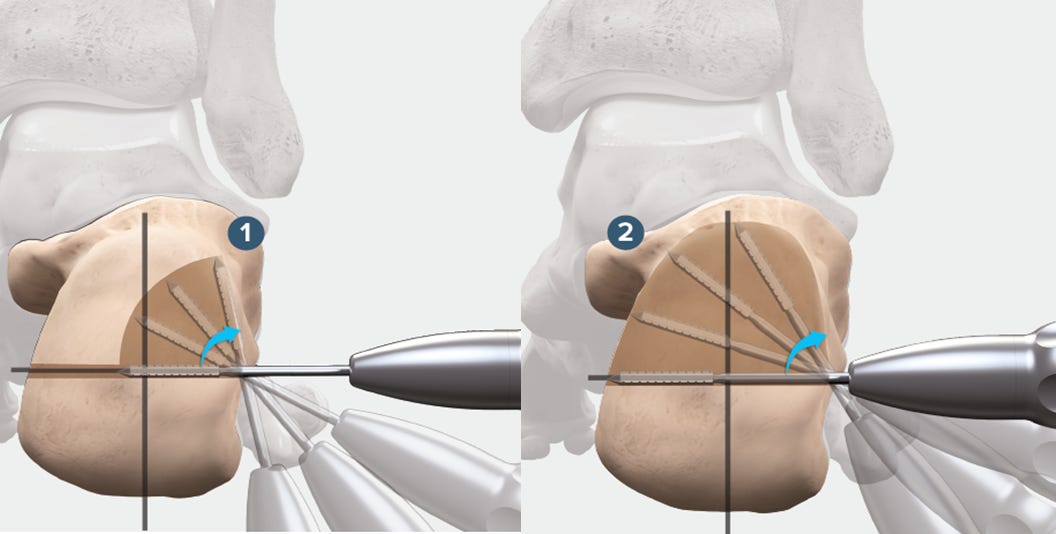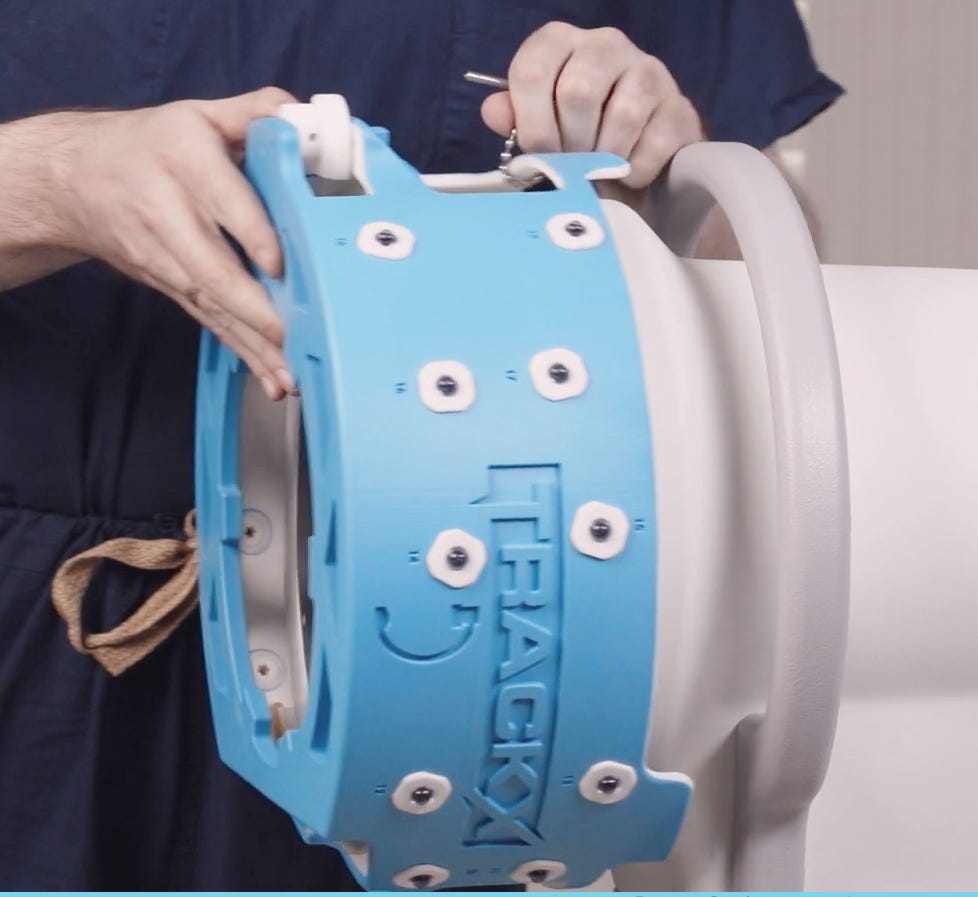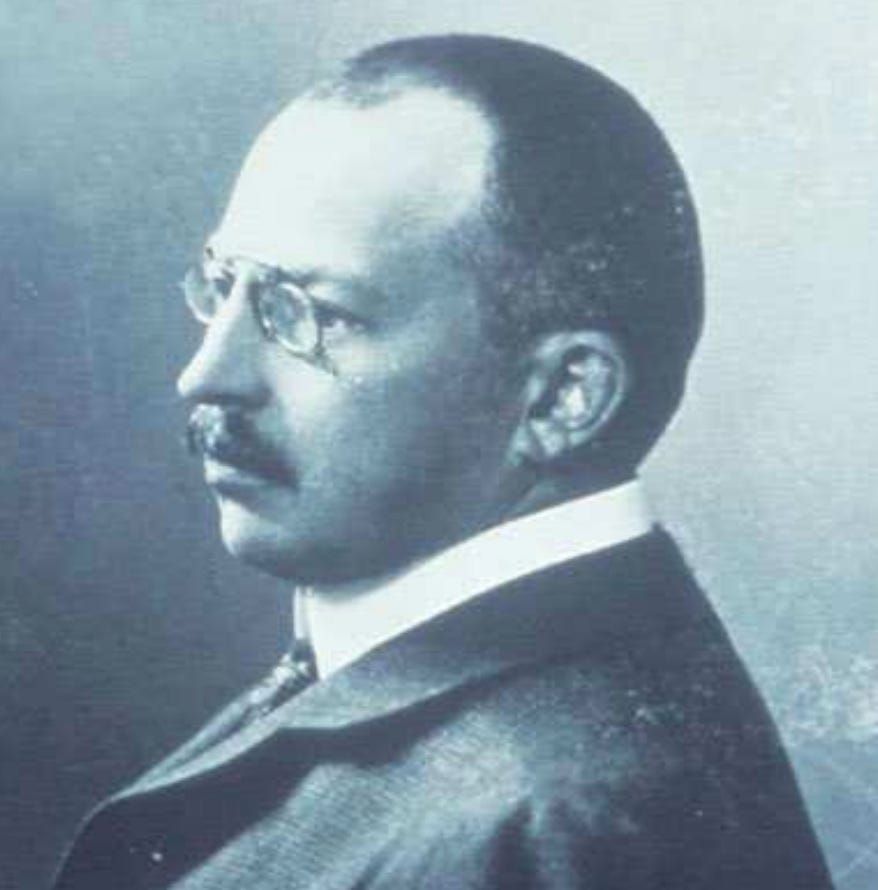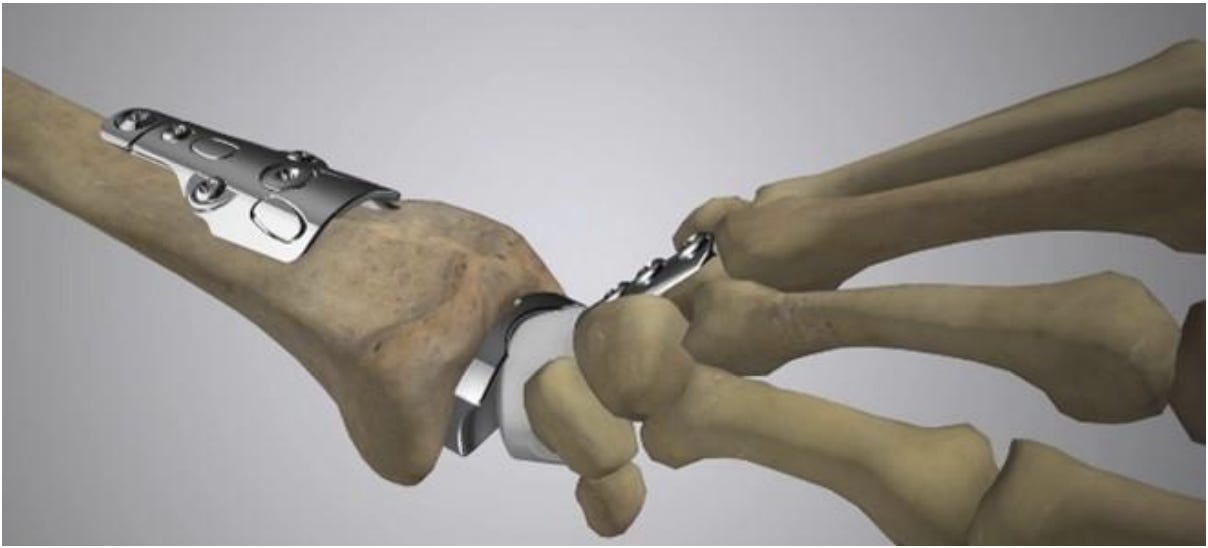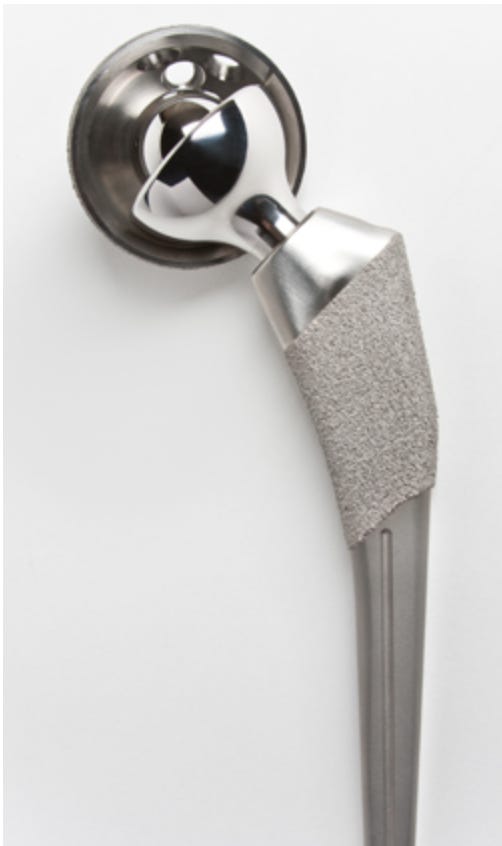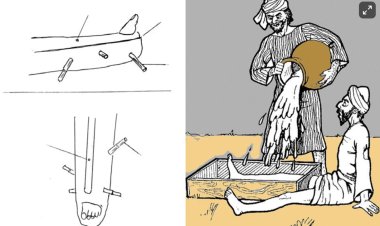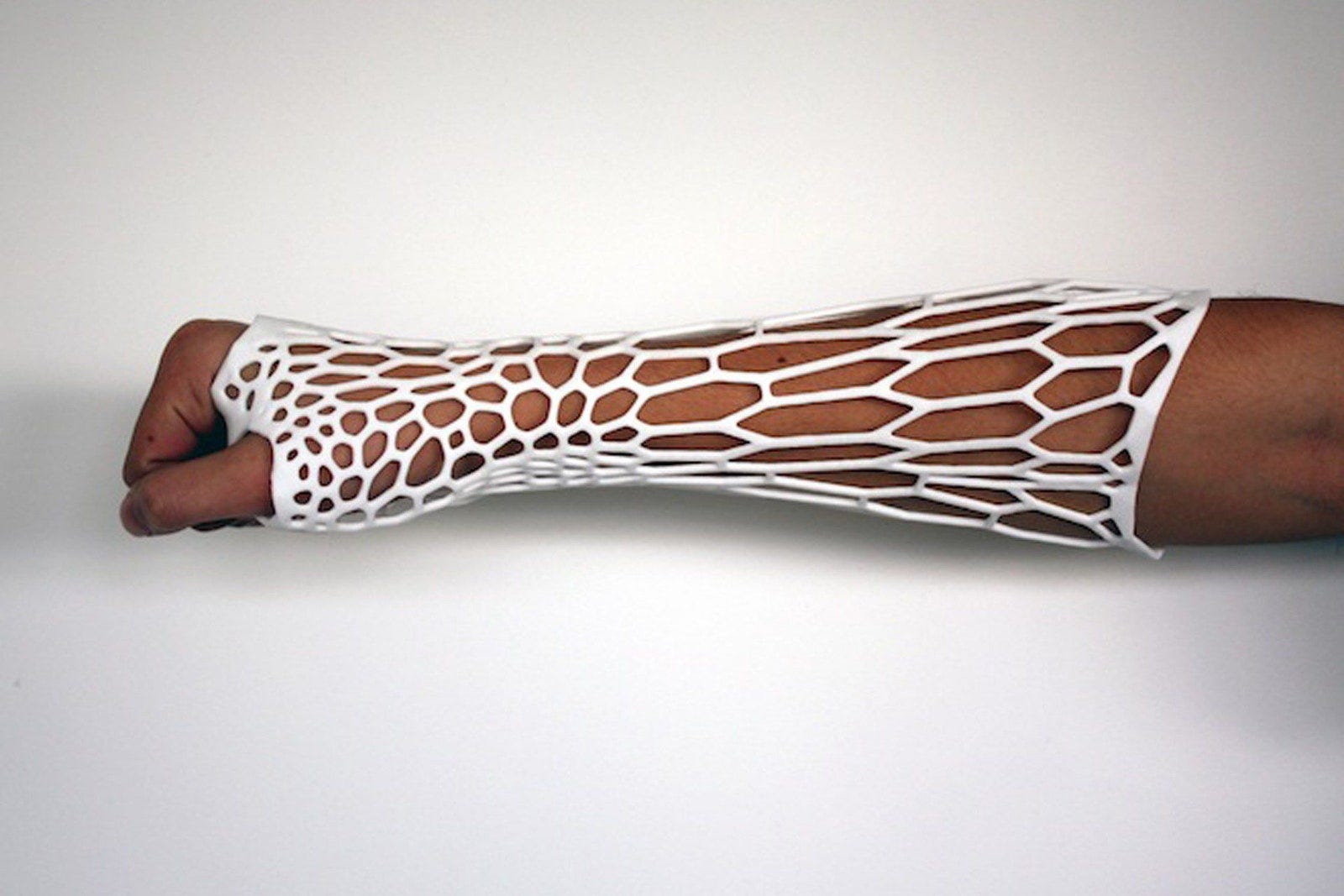Bugging the bugs!
Let's brush up on what's new in bugging the bugs in Orthopaedics - #InfectionsInOrthopaedics

Bees win again! - Honeycomb scaffolds are promising - #NeoArmory:
Did you know? Hexagon is the most efficient way to use minimal structural material for maximum strength while maintaining the most volume.
So, some researchers thought to combine that with our well-known Bug buster- Silver ion. Macropores on Carbonate apatite provide honeycomb scaffolds; cooking this in a Silver Phosphate bath (like literally) provides silver-coated honeycomb scaffolds.
Why Honeycomb you ask? Well, they allow free flow of blood through them; so no stagnation means minimal chance of colonization. When the silver content was 9.9 × 10-4 wt %, the honeycomb scaffolds showed antibacterial activity without cytotoxicity and allowed cell proliferation, differentiation, and mineralization. Furthermore, the antibacterial honeycomb scaffolds perfectly prevented bacterial infection in vivo in the presence of methicillin-resistant Staphylococcus aureus, formed new bone at 2 weeks after surgery, and were gradually replaced with a new bone. This is in a very experimental stage but shows lots of promise with the management of infection in orthopedics. Follow this space for further updates in this area.

How did doctors learn to wash hands thoroughly? #FromTheHistory:
The year was 1846. Physicians were finally slowly coming out of the bad air theory and evil theory of diseases. Germs and microorganisms were yet to be discovered mind you!
The Hungarian doctor, Ignaz Semmelweis took up a massive challenge of identifying the cause of increased mortality in maternity wards manned by doctors compared to that managed by nursing midwives. A guy with keen observational skills, he had to make the priest walk the other way around, stop the attendants ringing bells, and make the women give birth on their sides - all these to sort out the differences with the ward managed by midwives. His efforts were in vain. Finally, his colleague’s death woke him up. His colleague had the same symptoms as that the dying mothers. Semmenlweis concluded that he might have gotten the same disease during the autopsy of the dead mothers through ‘cadaveric particles’. He suggested that the doctors may carry these particles into other healthy mothers leading to their death. He advised all the doctors to wash their hands with chlorine before entering the maternity ward. This significantly brought down the mortality.
His ideas were never accepted when he was alive. People were too conservative. It can also be articulated as “he was well ahead of his time”. After a severe mental disease that went undiagnosed, he died at the age of 47. Years after his death, with the discovery of germ theory and the nature of infectious agents, his great contribution to medicine was understood.
Prevention is better than cure - #SurgicalPearl:
It might have become a cliche these days. But the adage ‘Prevention is better than cure’ is actually meant for infection. In this #SurgicalPearl section, we will see the principles of debridement of open injuries as described by Raja Sabapathy et al.
-
Use tourniquet for debridement. Two open injuries in the vicinity will have a connection through the internal degloving.
-
Try connecting them for thorough debridement
-
Do debridement layer by layer debridement – skin, subcutaneous soft tissues, muscles, and bones.
-
Extend the skin wound and debride the crushed edges. Debride the subcutaneous tissue till the bright yellow fat is seen
-
Remove the crushed and dead muscles based on color, consistency, and contractility
-
Preserve longitudinal structures i.e., tendons, neurovascular structures
-
Remove the bone pieces with less than 50% of soft tissue attachment.
-
Use Hydrogen Peroxide and Povidone Iodine wash to provide some hemostasis and make the field sterile
-
Use low-pressure saline wash at the end of the debridement
-
Release the tourniquet. Hold the wound compressed for 8 minutes. Access the debridement. The skin edges should bleed. If it is not satisfactory, reinflate the tourniquet and debride again.
Home-based infection detection technology for external fixators:
S Annadatha et al developed a thermography technology for continuous home-based remote monitoring for patients with lower limb external fixators to avoid frequent nursing care and hospital visits. They annotated the pin sites on visible images using bounding boxes and made corresponding thermal images for temperature measurement. Detection of infection was based on the deep learning algorithm. The proposed model offers pin site detection in 1.8 ms with a high precision of 0.98 and enables temperature information extraction.

a. Visual annotated image b. Thermal annotated image
PJI bugs are gutted - #MostCited:
Recent studies suggest that loss of mucosal barrier function, particularly in the gastrointestinal tract, may influence the bidirectional interaction between the gut microbiome and the immune system. This cross-talk is believed to increase the chance of Peri-prosthetic joint infections.
Parvizi et al in their prospective ongoing study is looking for a possible link between gut permeability and the ‘gut-immune-joint axis’. They found Zonulin and sCD14 levels were significantly elevated in the PJI group compared to non-infected cases.(1) This finding reveals a possible link between gut permeability and the ‘gut-immune-joint axis’ in PJI. If this association continues to be borne out with a larger cohort and more in-depth analysis, it will have a clinically significant implication in managing patients with PJI.
Question of the month:
How successful is the antibiotic treatment for superficial surgical site infections after Open fractures?
-
50%
-
60%
-
70%
-
80%
The answer is based on a larger trial data set with 2445 patients.
Answer to last month’s question:
Scottish dog sign, whereby the outline of a dog with a collar around its neck is seen in the oblique view of the lumbar spine. The collar corresponds to pars interarticularis.
Break in collar corresponds to a bone fracture in the pars interarticularis, that is, a pars defect (spondylolysis) - this is called beheaded Scottish dog sign.
Hot events lining up:
-
SMILE 2023 - Shoulder Milan International Live Experience, Milan, Italy
- 23 Feb 2023 to 25 Feb 2023
-
2023 AAOS Annual Meeting, Las Vegas, Nevada, USA
- 07 March 2023 to 11 March 2023
-
24th EFORT Annual Congress, Vienna, Austria
- 24 May 2023 to 26 May 2023










